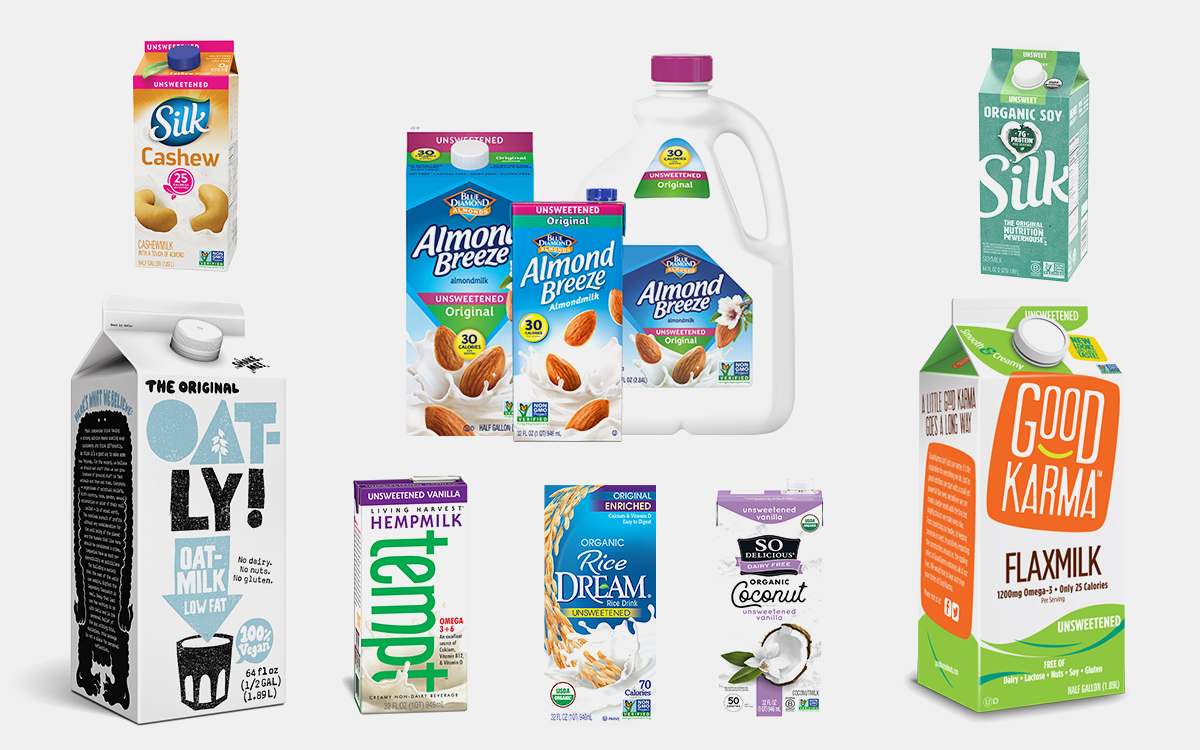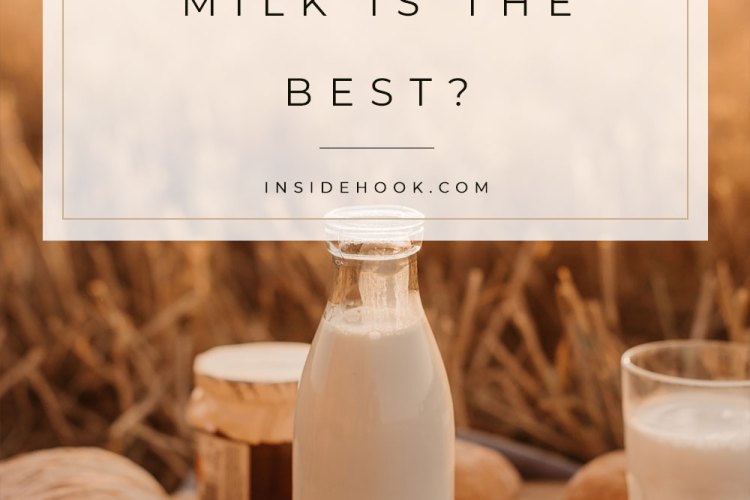Last month, SNL’s Weekend Update brought on cast member Kyle Mooney as Scooter Rineholdt, a beleaguered dairy distribution executive who slings steins of cow’s milk and claims that plant-based alternatives cause children to go blind. The bit was a reaction to news that Dean Foods, a 94-year-old company and America’s longtime king of milk production, had filed for bankruptcy.
According to Nielsen data supplied to CNN Business, sales of cow’s milk through the end of October this year totaled $12 billion. A hefty sum, sure, but at the same point in 2015, that number totaled $15 billion. Americans are drinking less cow’s milk than ever — for digestive reasons, to cut back on saturated fat, in alliance with the environment, as an appeal to common sense (humans are the only species that consume the milk of a different species) — and in its stead, a dizzying array of “alternative milks” have landed at cafes and grocery stores across the country.
The most familiar of these to the public was long soy milk, the lone plant-based milk to brave the aughts, when plant-based milk seemed to be reserved for outcasts, a substitute used by vegans or those with allergies. But in the last decade, brands have started pasteurizing seemingly anything with roots in the ground. Coconut milk, rice milk, hemp milk, flax milk, etc.
While the practice of “milking” nuts and grains has been around forever (seriously, the Levant was on almond milk in the 1200s), and has long held fans in non-Western regions of the world (60% of adults can’t process milk — a fact little known in Europe and America, areas where lactose intolerance is an outlying condition due to genetic histories), alternative milks have only taken off as a conscious, cooler choice in the last decade. The industry is now estimated to be worth $16 billion, and is propelled by superstars like almond milk and oat milk.
Almond milk rakes in over $1 billion a year and the low-calorie, high-calcium mixture is now a firm staple in home and office kitchens. It’s still the number one choice of millennials, though if any alternative milk has a shot at unseating it, it’s oat milk. The Swedish-conceived milk has been around since the 1990s, and sold under the Oatly label, but only arrived in the States in 2016. Americans subsequently lost their minds. The brand has gone from preferred coffee-add of bearded creatives in Bushwick to grocery list regular for soccer moms in Westchester. And a plus — the oat mixture uses way less water in its production that almond milk, which relies on California almonds.
Accepting the basic premise that alternative milks are a preferred alternative to cow’s milk, we’re interested in discerning between all the options. How does rice milk stack up against coconut milk? What sort of enriching ingredients are being plugged into some of these concoctions to provide a familiar “mouthfeel” for consumers? What the hell is cashew milk?
In order to make sense of all these milks once and for all, we reached out to Karin Adoni Ben-David, a certified nutritionist and health coach who maintains a private practice in Los Angeles and has previously worked as the Head of Nutrition at Reebok Sports in New York. Ben-David has already helped us figure out which energy bars are actually healthy, and set the record straight on sports drinks, too. This time around, we sent her the ingredients lists of eight alternative milks on the market — from the classic Silk Soymilk to the hyper-popular Oatly Oatmilk — and asked her to do a blind power-ranking, from least healthy to most.
For each, we selected the most ubiquitous brand in the space, then chose the healthiest iterations we could find. (Meaning, “Unsweetened” and “Organic” was favored, where possible.) Below, you’ll find Karin’s rankings and an explanation for each.
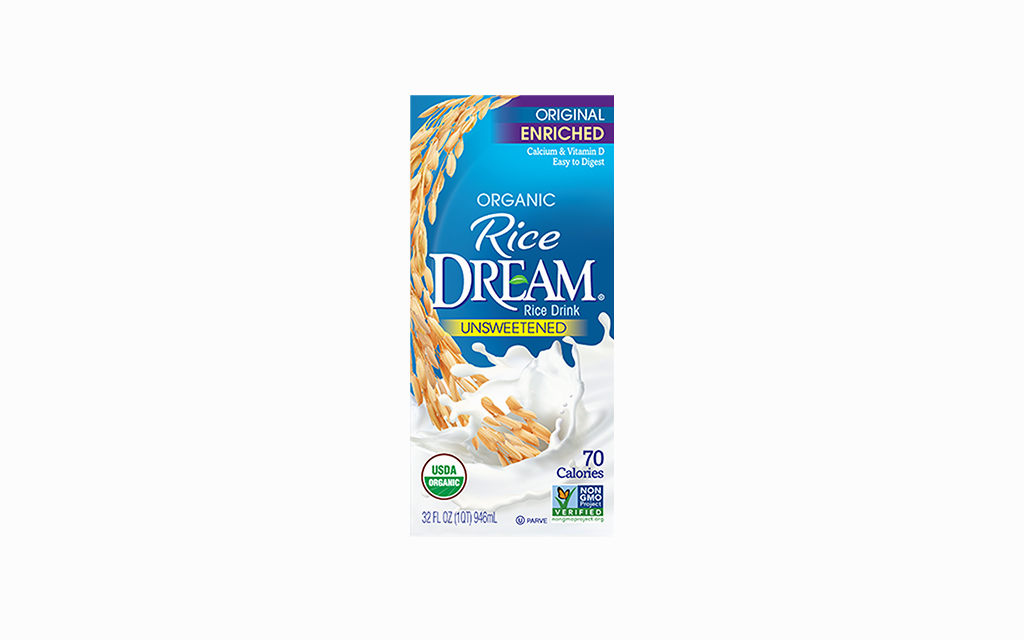
7. Rice Dream Milk
Ingredients: Organic Rice Base (Filtered Water, Organic Rice), Organic Expeller Pressed Canola Oil and/or Organic Safflower Oil and/or Organic Sunflower Oil, Organic Tapioca Starch, Tricalcium Phosphate, Carrageenan, Natural Flavors, Sea Salt, Xanthan Gum, Vitamin A Palmitate, Vitamin D2, Vitamin B12.
Ben-David Says: “The second ingredient is oil, the third is tapioca starch, the rest are preservatives and thickeners. This basically this has zero nutritional value.”
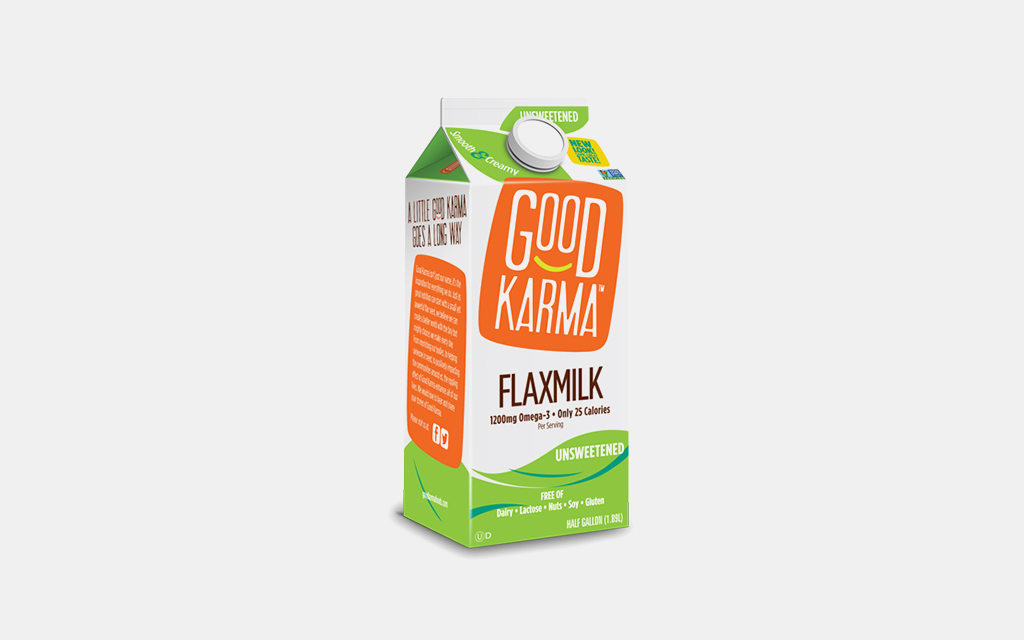
6. Unsweetened Flaxmilk
Ingredients: Flaxmilk (Filtered Water, Cold Pressed Organic Flax Oil), Tapioca Starch, Tricalcium Phosphate, Sunflower Lecithin, Natural Flavors, Sea Salt, Gellan Gum, Xanthan Gum, Vitamin A Palmitate, Vitamin D2, Vitamin B12
Ben-David Says: “This product is made from starch and all kind of add-ons. Avoid it.”
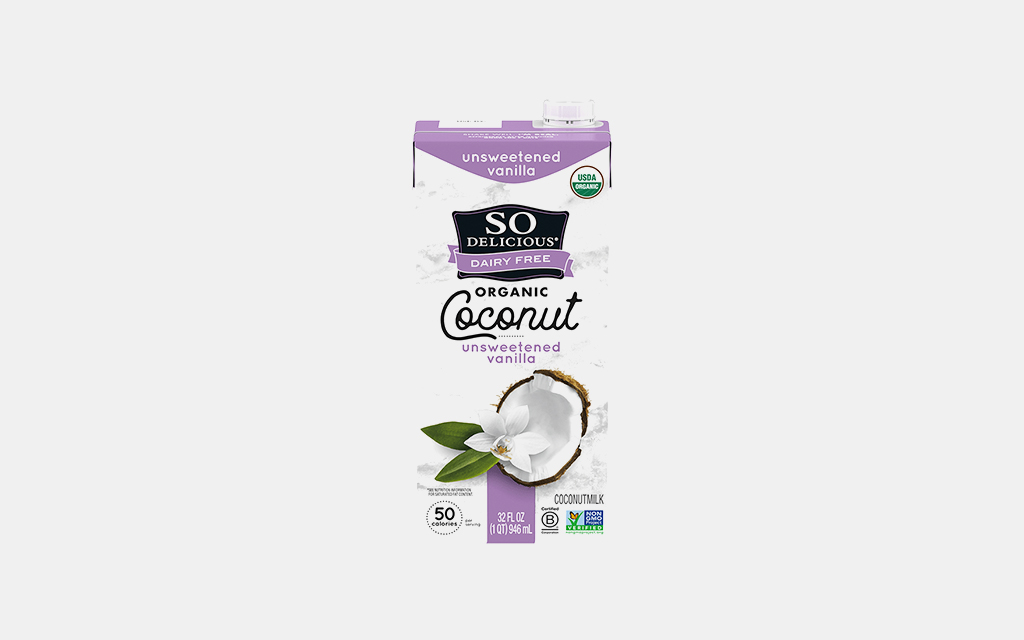
5. So Delicious Unsweetened Vanilla Milk
Ingredients: Organic Coconutmilk (Filtered Water, Organic Coconut Cream), Organic Guar Gum, Vitamin and Mineral Blend (Calcium Phosphate, Magnesium Phosphate, Calcium Carbonate, L-Selenomethionine [Selenium], Vitamin A Acetate, Vitamin D2, Zinc Oxide, Vitamin B12), Natural Flavor, Xanthan Gum.
Ben-David Says: “The second ingredient is organic guar gum. Don’t be fooled by the fact that it’s organic; its a thickener so you’re not getting a lot of nutritional value from the product.”
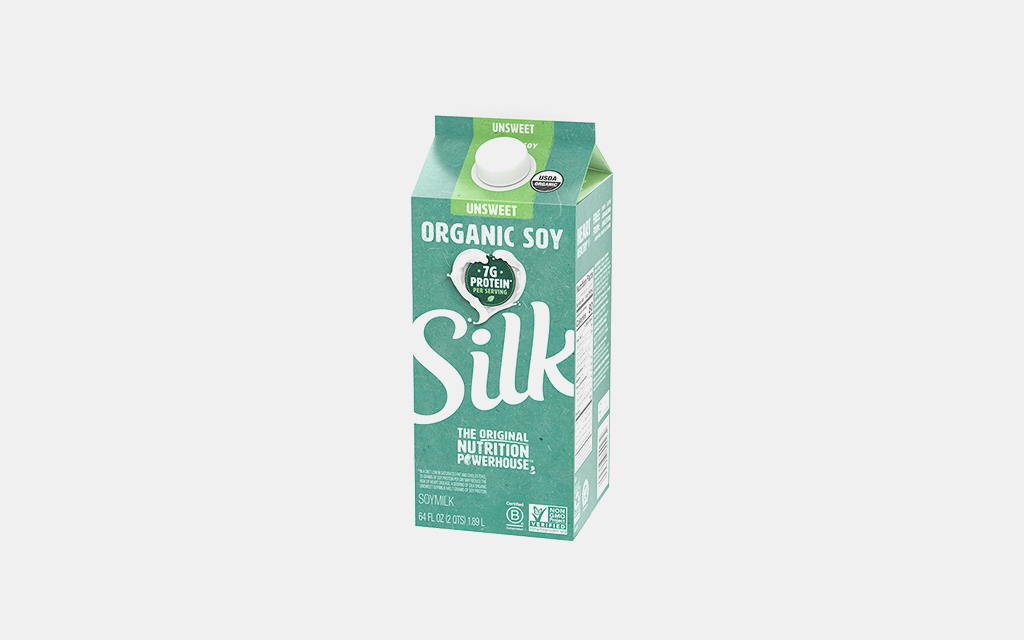
4. Organic Unsweet Silk Soymilk
Organic Soymilk (Filtered Water, Organic Soybeans),Vitamin and Mineral Blend (Calcium Carbonate, Vitamin A Palmitate, Vitamin D2, Riboflavin [B2], Vitamin B12), Sea Salt, Gellan Gum, Ascorbic Acid (To protect freshness), Natural Flavor. CONTAINS SOY.
Ben-David Says: “An okay choice. Middle of the pack. There are better options, though.”
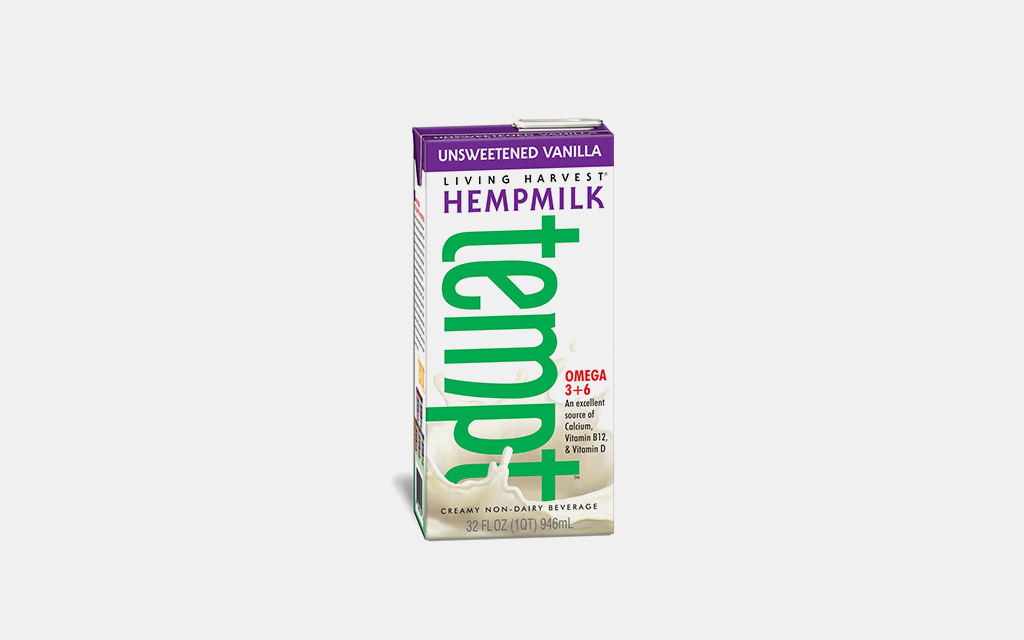
3. Living Harvest Tempt Hemp Milk
Ingredients: Hemp Nut Base (Filtered Water, Hemp Nut [Shelled Hemp Seed]), Vanilla Extract, Sunflower Lecithin, Sea Salt, Gellan Gum, Dipotassium Phosphate, Vitamin A Palmitate, Vitamin D2, Riboflavin, Vitamin B12.
Ben-David Says: “Not bad. The first few ingredients are fine, and hemp is a terrific source of vitamins and minerals.”
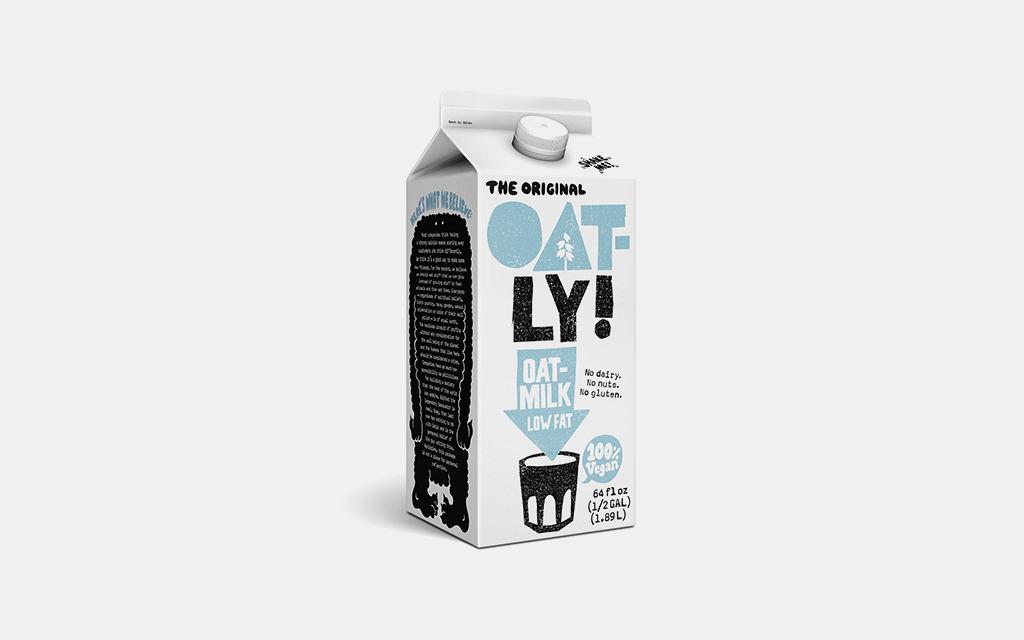
2. The Original Oatly! Oatmilk Chilled
Ingredients: Oatmilk (water, oats). Contains 2% or less of: dipotassium phosphate, calcium carbonate, tricalcium phosphate, sea salt, dicalcium phosphate, riboflavin, vitamin A, vitamin D2, vitamin B12.
Ben-David Says: “Good! It mainly contains oatmilk, and the other stuff comes in at less than 2%.”
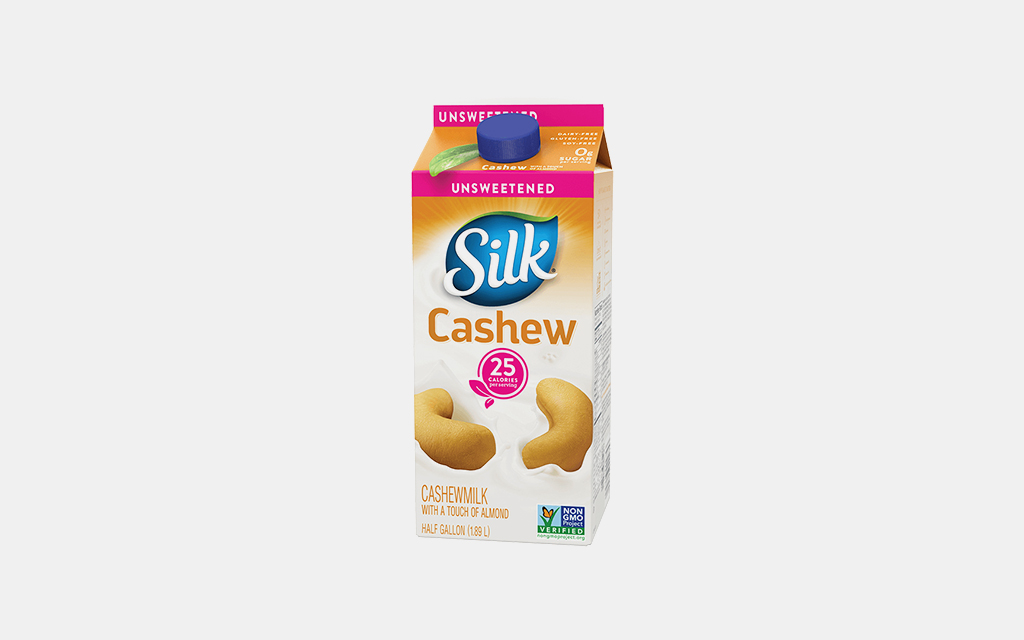
1. Silk Unsweet Cashewmilk
Ingredients: Cashewmilk (Filtered Water, Cashews), Contains 2% or less of: Almond Butter, Vitamin and Mineral Blend (Including Calcium Carbonate, Vitamin E Acetate, Vitamin A Palmitate, Vitamin D2), Sea Salt, Natural Flavor, Sunflower Lecithin, Locust Bean Gum, Gellan Gum, Ascorbic Acid. CONTAINS CASHEW AND ALMOND.
Ben-David Says: “This mainly contains cashews, instead of thickeners and preservatives, which is always what we’re looking for. With high quality ingredients throughout, this is the best alternative milk.”
Update 1/14/2020: An earlier version of this piece printed an incorrect version of Almond Breeze Almond Milk’s ingredients list. It has since been removed.
Join America's Fastest Growing Spirits Newsletter THE SPILL. Unlock all the reviews, recipes and revelry — and get 15% off award-winning La Tierra de Acre Mezcal.
